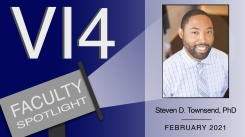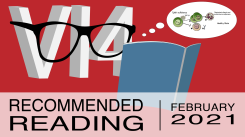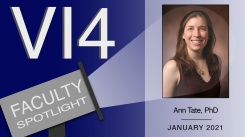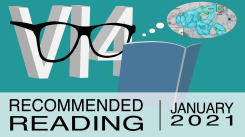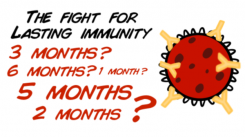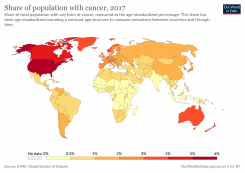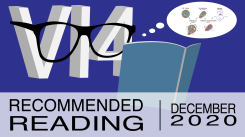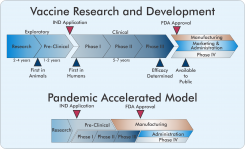Faculty Spotlight: Steven D. Townsend, Ph.D.
Steven D. Townsend is an Assistant Professor of Organic Chemistry at Vanderbilt University. Dr. Townsend is an expert in the chemical synthesis of biologically important molecules. A major topic of interest for his lab is the synthesis of homogeneous human milk oligosaccharides and related constructs to investigate their use as prebiotics in infant formula. He has numerous publications in premier international journals, including Proceedings of the National Academy of Science (USA), Angewandte Chemie International Edition and Journal of the American Chemical Society. Before being appointed to Vanderbilt in 2014, Townsend earned his PhD at Vanderbilt and then completed a postdoctoral research fellowship with Samuel J. Danishefsky at Memorial Sloan-Kettering Cancer Center and Columbia University... Click Dr. Townsend's photo to continue reading.
